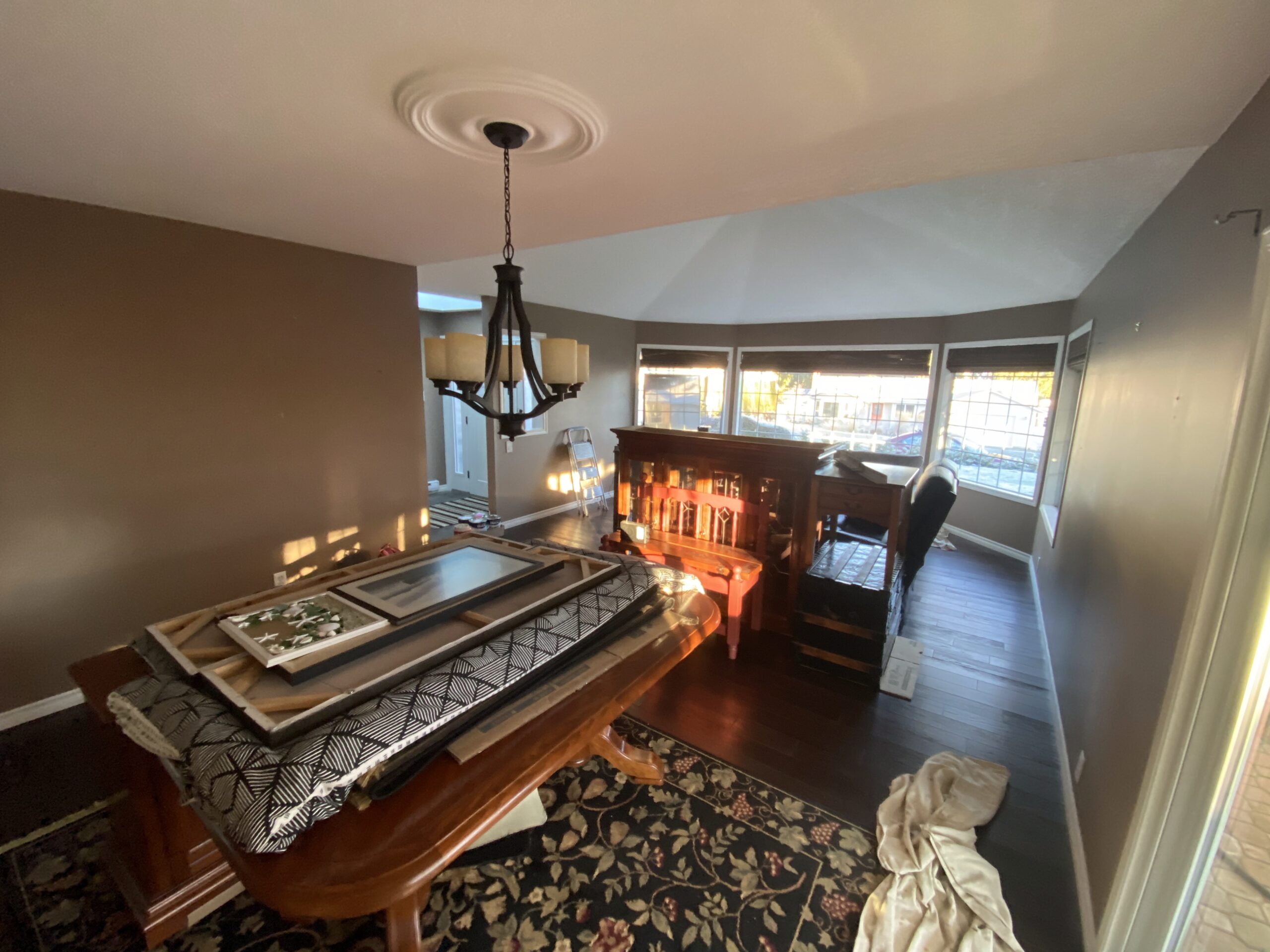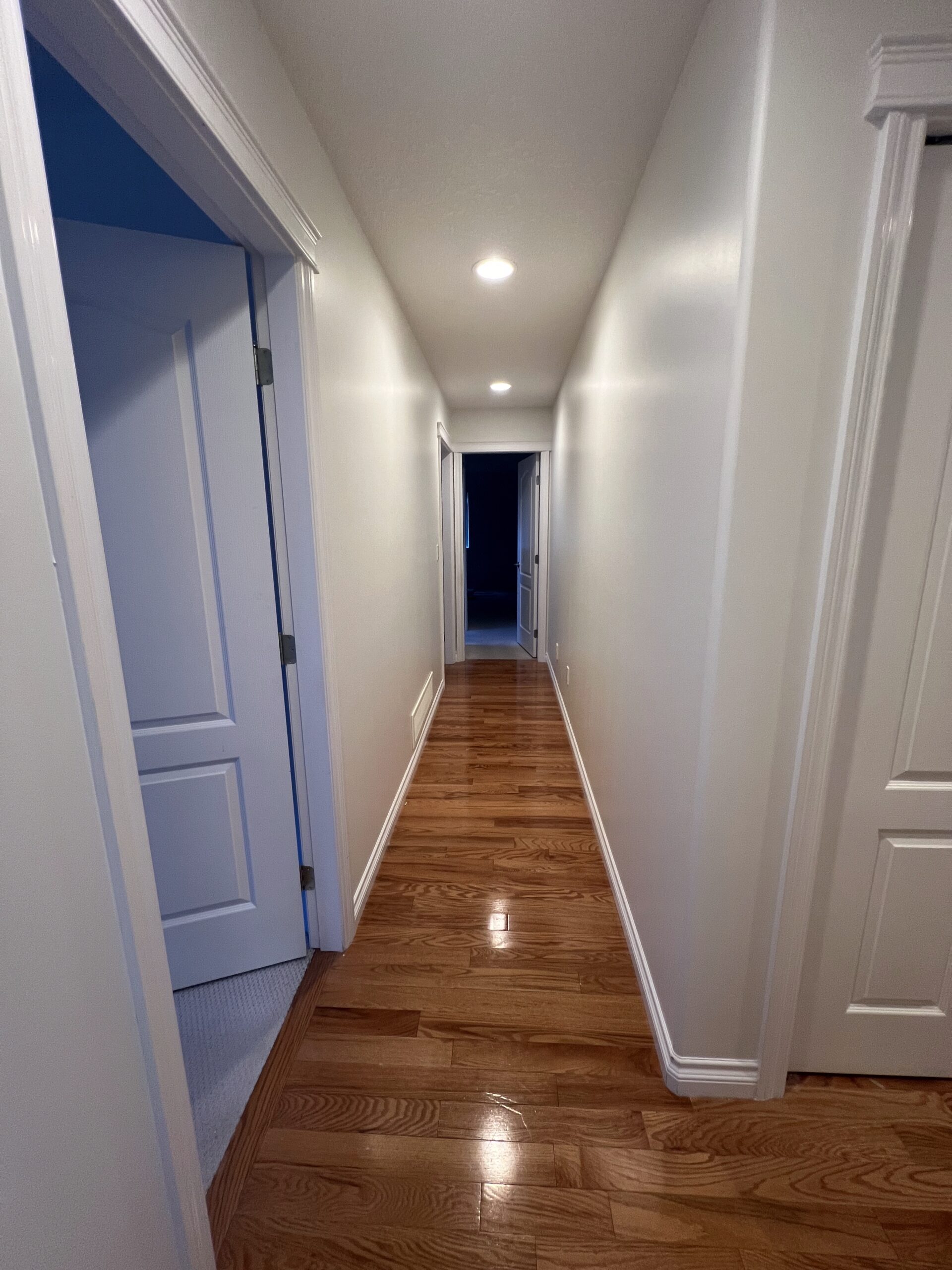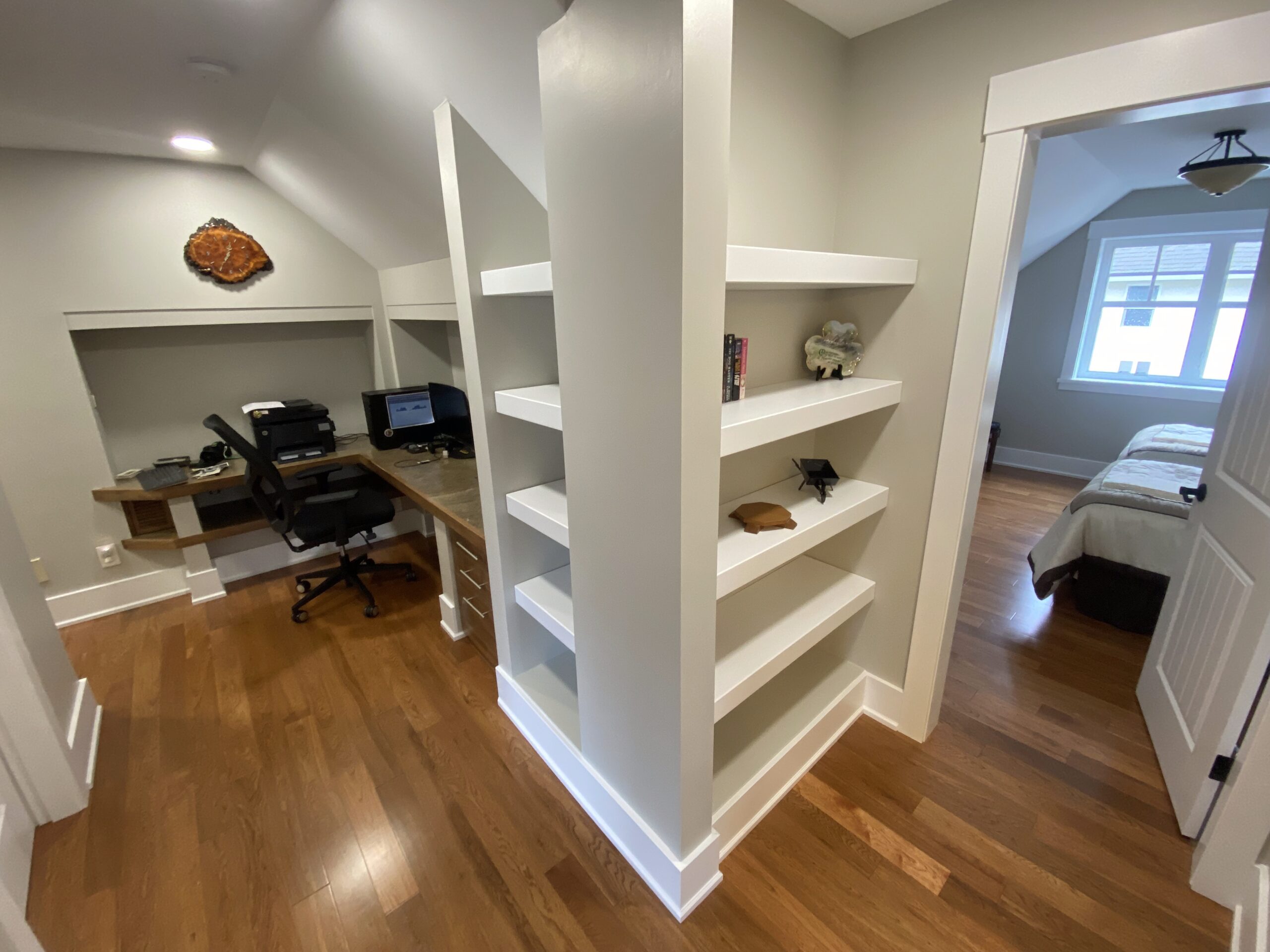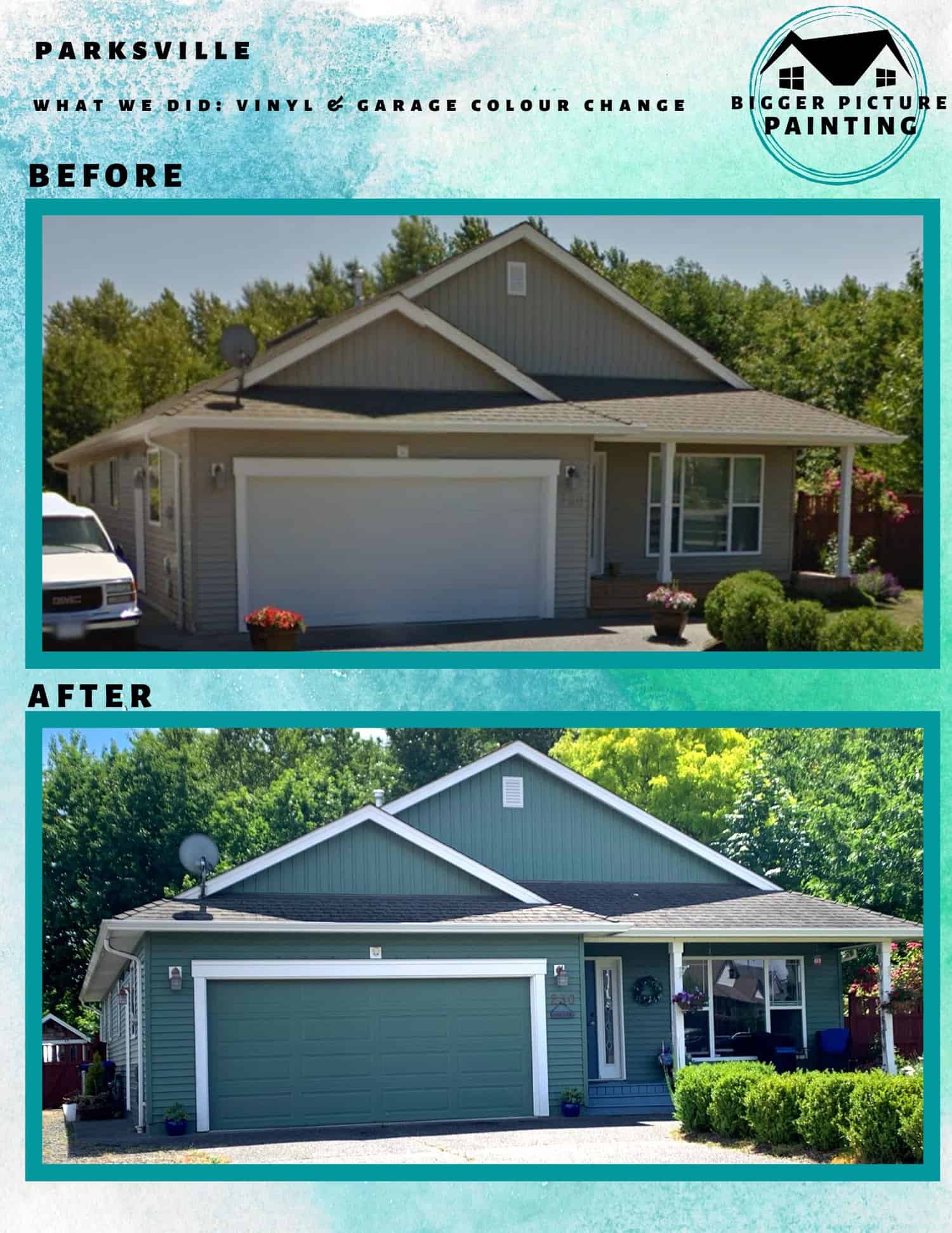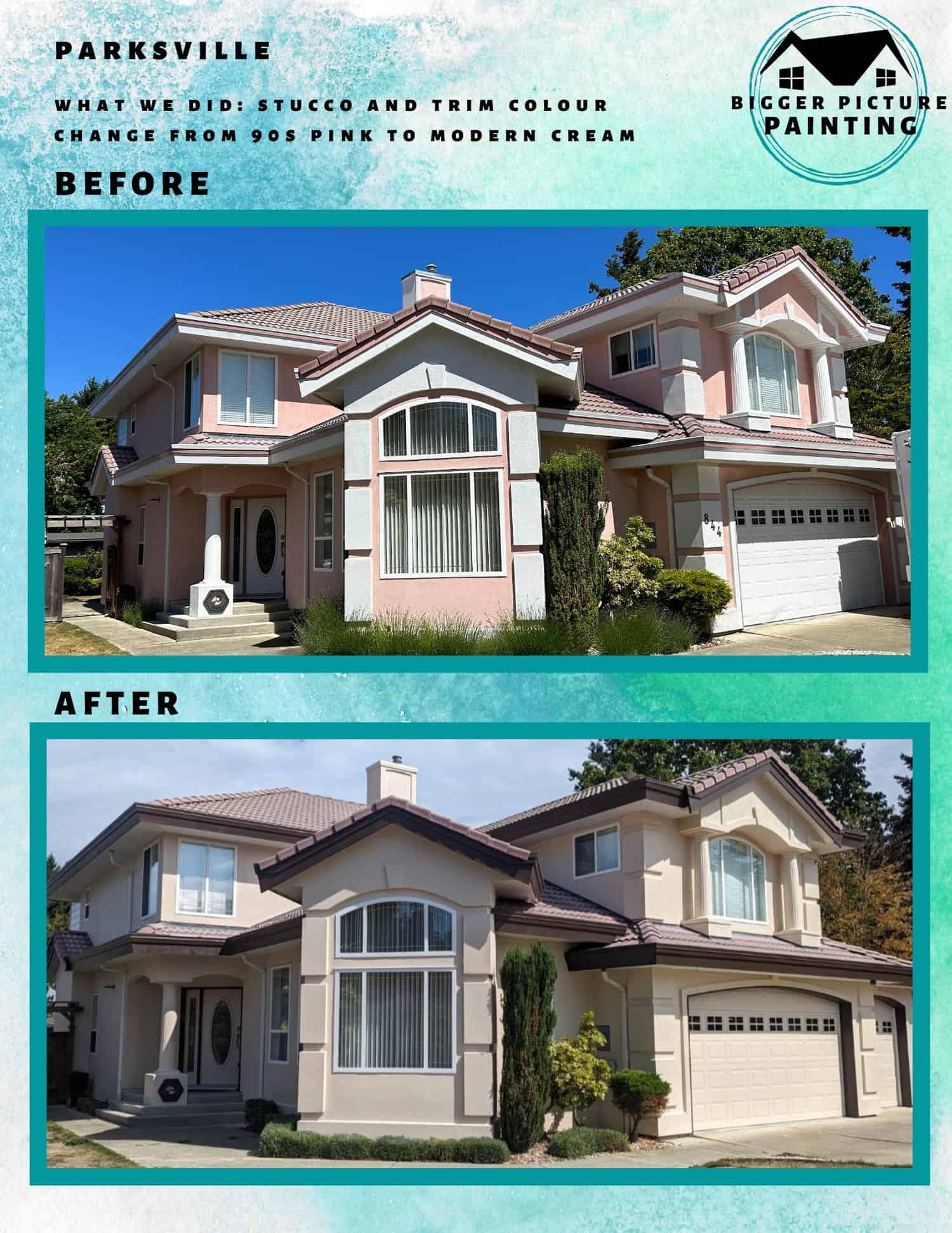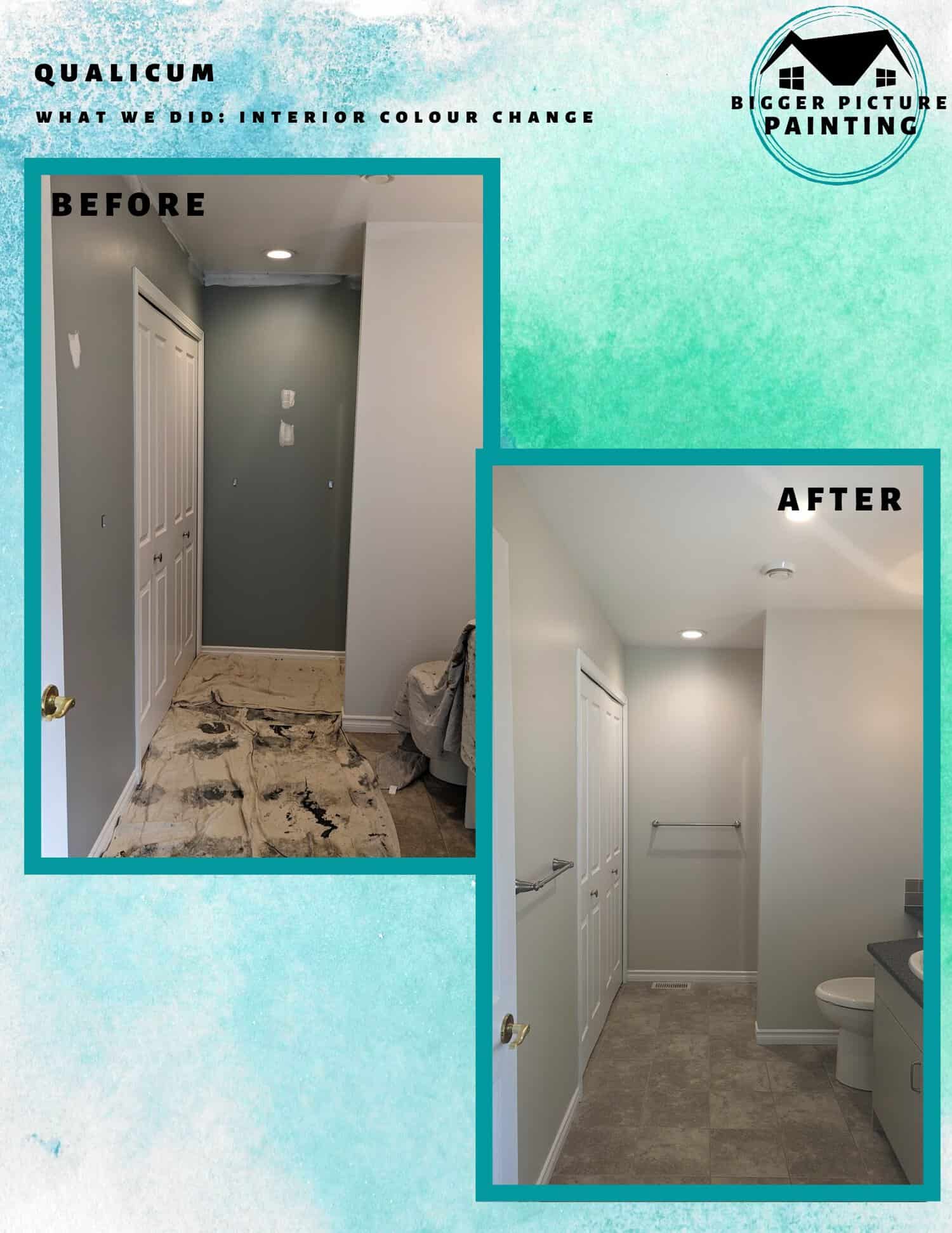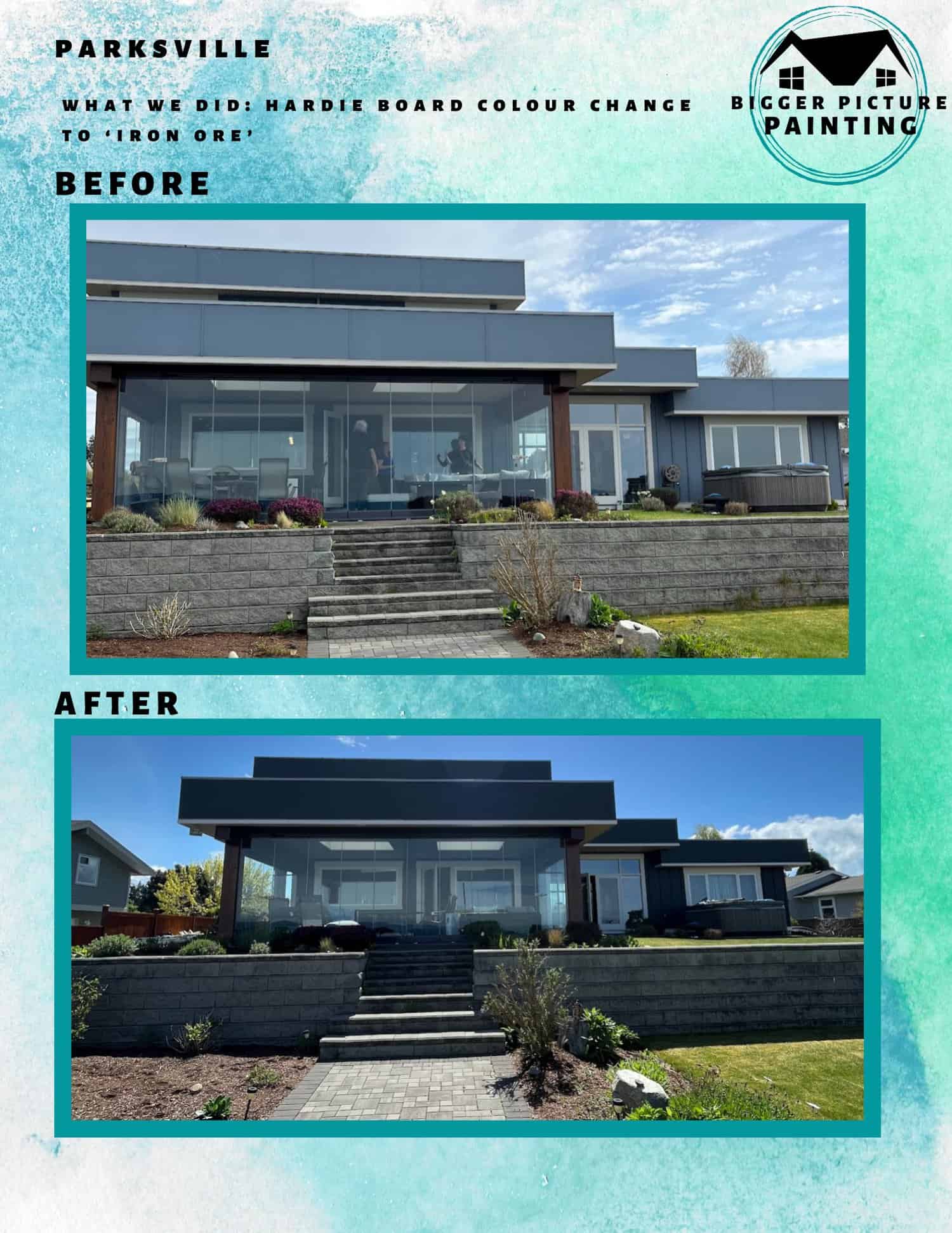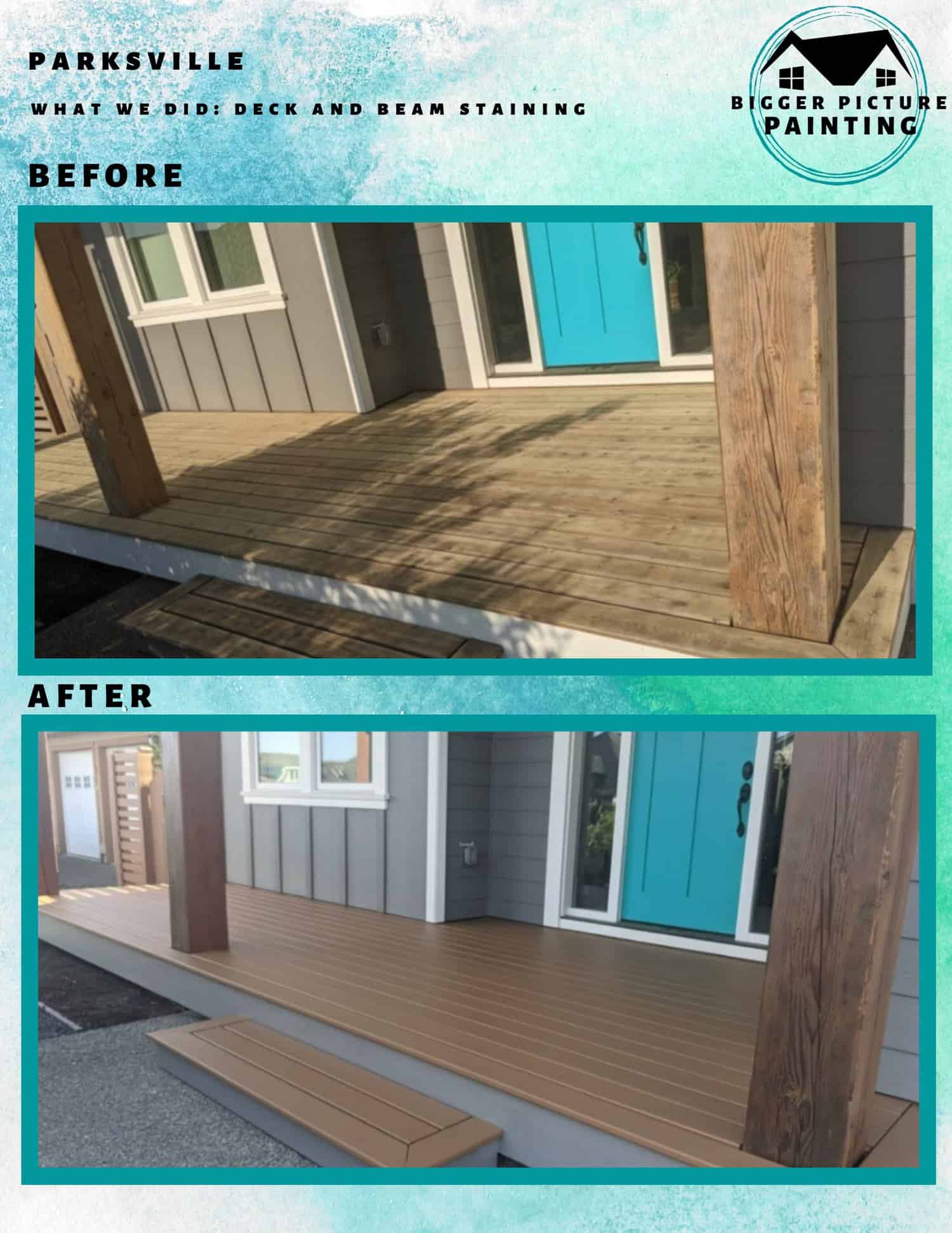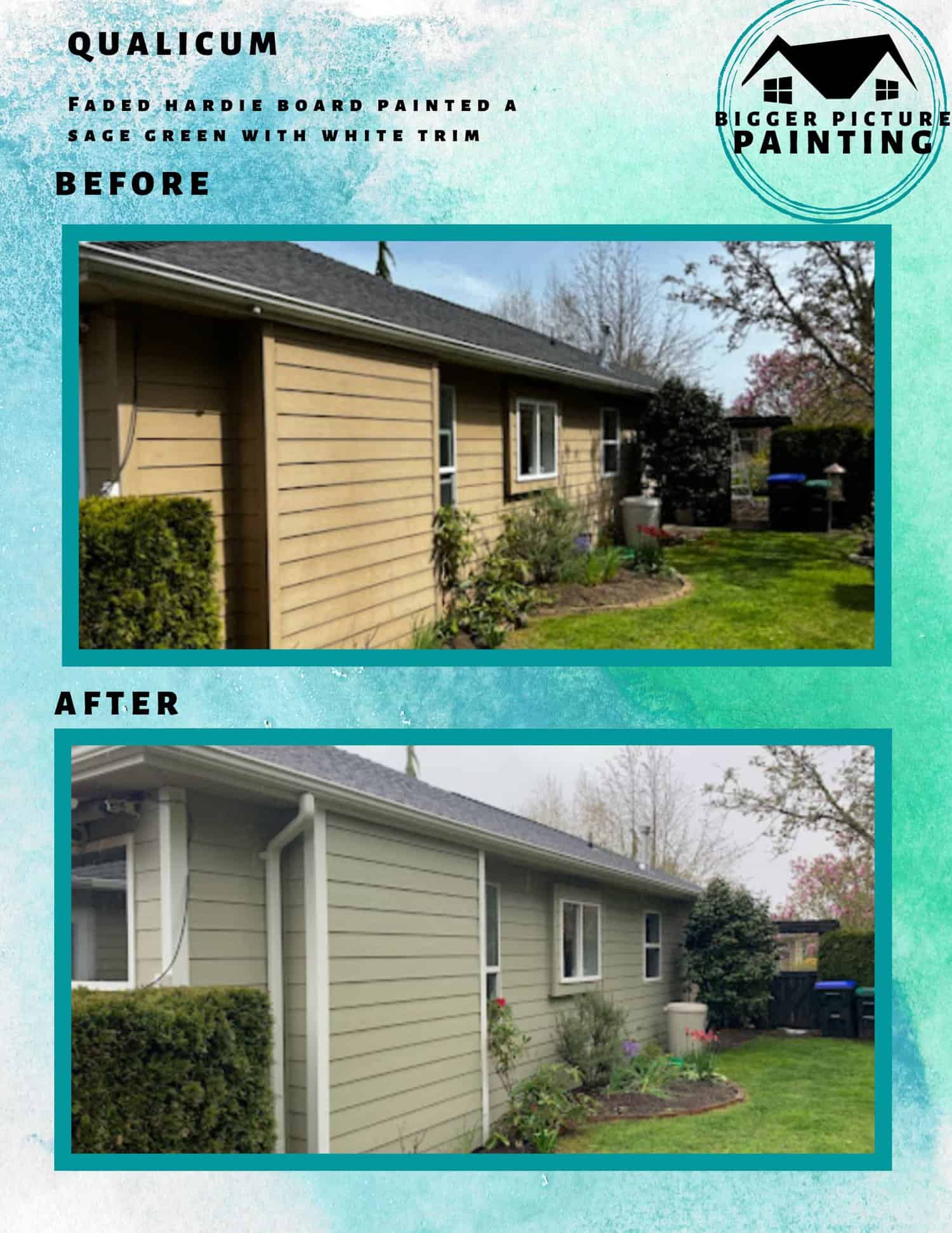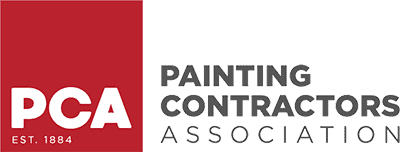It’s easy to blame the paint when walls start peeling, bubbling, or cracking. But in many cases, the paint itself isn’t the real problem—the issue lies deeper, in the substrate beneath it.
A substrate is the surface that paint adheres to, whether that’s drywall, plaster, wood, masonry, or metal. When that substrate is compromised—through moisture, structural movement, contamination, or other forms of degradation—the paint above it will fail prematurely.
In this blog, we’ll explore five of the most common substrate failures that lead to visible paint problems. You’ll learn how to diagnose these failures, repair them correctly, and choose the right products and services to prevent costly rework or long-term damage.
Understanding Substrates and Their Role in Painting
What Is a Substrate?
In the context of painting, the substrate is the base material to which coatings are applied. It’s what lies beneath your primer and paint layers. Common substrates in interior spaces include:
-
Drywall
-
Plaster
-
Wood trim
-
Concrete or masonry
-
Metal surfaces
A sound, stable substrate is essential for paint adhesion, durability, and finish quality. If the substrate fails—even slightly—no paint system can compensate for it. Paint is only as good as what it sticks to.
Types of Common Interior Substrates
| Substrate Type | Common Use | Paint Considerations |
|---|---|---|
| Drywall | Interior walls and ceilings | Requires sanding, priming, and moisture control |
| Plaster | Historic or older buildings | Often needs crack repair, sealing, and bonding primers |
| Wood & MDF | Trim, doors, built-ins | Prone to tannin bleed; needs sanding and stain blockers |
| Concrete/Masonry | Basements, utility rooms | May require patching and elastomeric coatings |
| Metal | Pipes, vents, fixtures | Needs rust protection and specialized metal primers |
Most Common Substrate Failures That Lead to Paint Problems
1. Moisture Damage in Drywall and Wood
Water is the most destructive force for interior substrates. Moisture enters through:
-
Leaking pipes or roofs
-
Condensation in poorly ventilated areas
-
High indoor humidity
Drywall absorbs water quickly, leading to:
-
Swelling or softness
-
Mold growth
-
Discoloration beneath the paint
-
Bubbling or peeling paint film
In wood, moisture leads to warping, expansion, and even rot. If you paint over damp drywall or swollen trim, the paint may blister within days.
2. Poor Surface Preparation or Contamination
A surface coated in grease, dust, old paint residues, or wax will resist new paint. This contamination reduces adhesion, causing:
-
Bubbling and pinholing
-
Flaking paint
-
Uneven finish quality
Common contaminants include kitchen grease, fireplace soot, candle wax, cleaning products, and even hand oils. Skipping proper cleaning or sanding often results in early coating failure.
3. Incompatible Substrate Materials
Certain substrates require special primers to allow paint adhesion. When ignored, incompatibility causes adhesion failure.
Examples:
-
Painting latex over oil without bonding primer
-
Painting over sealed wood without scuff sanding
-
Not blocking tannins in cedar or redwood, which bleed through paint
Choosing the wrong product for the substrate is one of the fastest ways to ruin a paint job.
4. Structural Movement and Cracking
Substrates are part of the building envelope, which means they shift as the structure settles. Movement can cause:
-
Hairline cracks in drywall and plaster
-
Corner separation in joint compound
-
Splits in wood trim or caulking gaps
These cracks allow air and moisture into the substrate, which accelerates substrate failure.
Structural vibration—from nearby traffic, machinery, or even door slams—also weakens substrate integrity over time.
5. Substrate Delamination
Delamination is when layers of the substrate separate internally—like drywall paper pulling from the gypsum core or loose plaster breaking from its lath backing.
Paint applied to a delaminated area has nothing solid to bond to, and flakes off easily. Hollow-sounding or spongy areas when tapped usually indicate delamination.
How to Diagnose Substrate Failures Before Painting
Visual Inspection Techniques
Before any painting project, a careful inspection can reveal early signs of substrate failure:
-
Soft spots or discoloration in drywall
-
Bubbling paint near windows or bathrooms
-
Cracks wider than 1/16”
-
Efflorescence (white salt deposits) on masonry
-
Rust streaks on metal trim
Use a flashlight at a shallow angle to detect unevenness or raised areas in the wall. Tap questionable areas to listen for hollow sounds, which indicate separation from the substrate.
Moisture Testing
A pin-type or pinless moisture meter can help identify hidden water in:
-
Drywall
-
Studs or trim
-
Concrete slabs
| Material | Acceptable Moisture Range |
|---|---|
| Drywall | 5–12% |
| Wood Trim | 6–15% |
| Concrete | Below 4.5% for coatings |
Values above these ranges indicate excessive moisture—painting over damp substrates will result in substrate failure within weeks or months.
Professional Assessment
If you find:
-
Black mold
-
Soggy drywall
-
Cracked or crumbling plaster
-
Widespread cracking
…it’s time to consult a contractor, mold remediation expert, or building inspector. Painting over active substrate damage only masks the problem—it doesn’t solve it.
Repair and Preparation Strategies for Common Substrate Issues
Addressing Moisture and Mold Damage
-
Stop the source of water: fix leaks, upgrade caulking, improve exterior drainage.
-
Dry the area using dehumidifiers and air movement.
-
Remove and replace any drywall or wood that is visibly moldy or structurally compromised.
-
Apply mold-killing primer over stained but sound areas to prevent recurrence.
Product recommendation:
-
Zinsser Mold Killing Primer – great for mildew-prone rooms like bathrooms and basements.
Cleaning and Surface Prep
Preparation is critical, even on visually sound substrates.
-
Degrease with TSP substitute (safe for residential use)
-
Sand glossy or uneven areas with 120-150 grit
-
Vacuum and tack cloth the surface before priming
-
Scrape off flaking or chalky paint
-
Patch and feather holes or gouges
Even the best paint can’t grip onto a dirty or chalky surface.
Primers and Sealers for Problematic Substrates
Always match the primer to the substrate. Here’s a guide:
| Substrate Problem | Recommended Primer |
|---|---|
| Water stains, smoke damage | Kilz Restoration or Zinsser B-I-N |
| Slick, glossy trim | Zinsser Bulls Eye 1-2-3 or STIX Bonding Primer |
| Tannin bleed from wood | Zinsser Cover Stain (oil-based) |
| Rust on metal | Rust-Oleum Rusty Metal Primer |
| Crumbly drywall or chalky walls | Zinsser Peel Stop or Gardz |
These primers help lock down problematic substrates and provide a solid base for your topcoat.
Choosing the Right Paint System Based on Substrate Condition
Durable Paints for Challenging Surfaces
Choosing the right paint means understanding your substrate challenges:
-
For drywall: Acrylic latex with low VOCs and good hide (e.g., Sherwin-Williams SuperPaint)
-
For wood trim: Hybrid alkyd-enamel (e.g., Benjamin Moore Advance)
-
For masonry: Elastomeric coatings with crack-bridging properties (e.g., BEHR Masonry, Stucco & Brick Paint)
The more compromised the substrate, the more robust the paint system should be.
Finish Selection for Durability and Appearance
-
Flat/matte: hides surface imperfections; ideal for ceilings
-
Eggshell/satin: best for living areas; washable
-
Semi-gloss: ideal for trim, kitchens, and baths
Always match the finish to the room’s use case and moisture level.
Working With Professionals for Substrate Prep
Importance of Comprehensive Pre-Paint Inspection
Professional painters conduct substrate assessments before quoting a job. This inspection helps:
-
Identify hidden moisture or mold
-
Determine the need for sanding or patching
-
Choose compatible primers and topcoats
Skipping this step may lead to warranty voids, callbacks, or early paint failure.
Coordination Between Repair and Painting Teams
On larger projects, especially commercial or multi-unit properties, coordination matters:
-
Drywall or carpentry teams must finish repairs before painting starts
-
Moisture remediation must be confirmed complete
-
Painters must follow with appropriate primers and finishes
An integrated workflow avoids missed substrate issues.
Warranty and Maintenance Considerations
Paint manufacturers and contractors often include warranty clauses that are voided by substrate failure. For example:
-
Mold growth due to unresolved leaks
-
Bubbling from damp drywall
-
Peeling on unprimed wood
Maintaining a healthy substrate ensures your paint job stays covered under its warranty.
People Also Asked (FAQ Section)
What causes paint to peel even if it was freshly applied?
→ Usually poor substrate prep or underlying moisture.
How do I know if my walls have substrate problems?
→ Look for bubbling, discoloration, soft areas, or peeling paint.
Can primer fix substrate problems?
→ Primers can improve adhesion and seal surfaces, but won’t fix structural damage or water issues.
Should I replace drywall if there’s mold?
→ Yes. If mold has penetrated the drywall, full replacement is the safest solution.
What paint types work best on tricky substrates?
→ High-quality acrylic latex, hybrid enamels, and substrate-specific primers matched to the surface.
Never Ignore What Lies Beneath Your Paint
Your paint’s durability, appearance, and lifespan depend on what lies beneath it. While it’s easy to focus on colors, finishes, and brands, ignoring substrate condition is the fastest way to waste time and money on repainting.
Whether you’re a homeowner managing wall repairs or a property manager prepping for tenant turnovers, addressing substrate failures first is essential. That means proper cleaning, repairs, priming, and matching the paint system to the specific substrate in question.
If you’re unsure about what’s hiding under the surface, bring in a qualified painting contractor for a pre-paint inspection. It could save you from major repairs—or worse—a complete do-over just months down the line.
